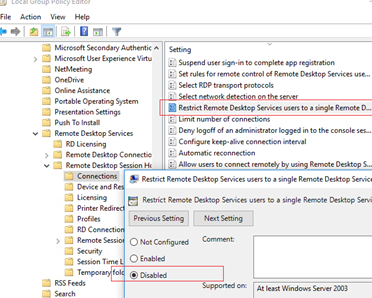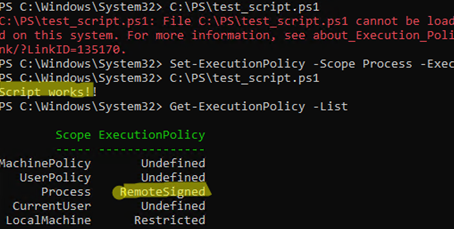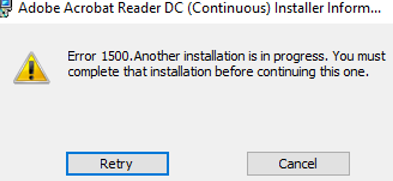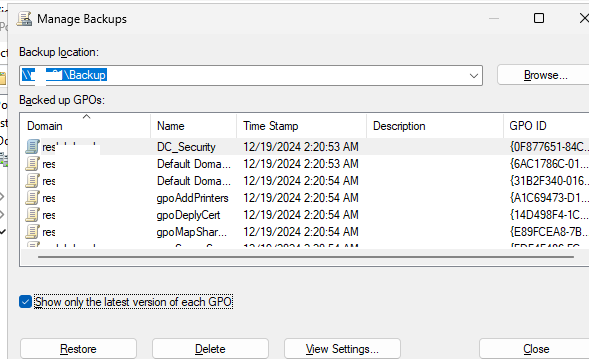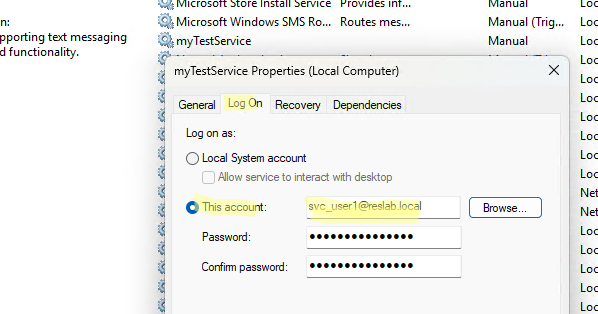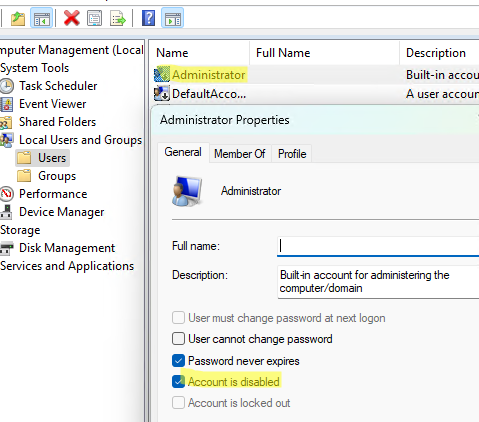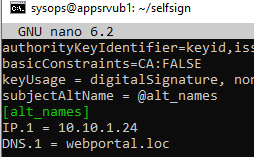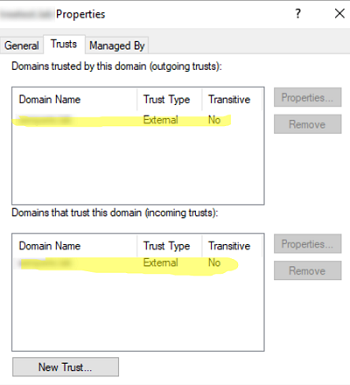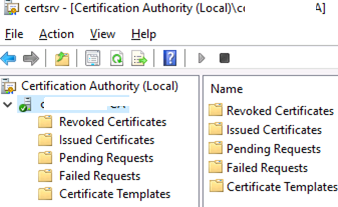The maximum number of simultaneous remote RDP sessions is two for all versions of Windows Server OS (+ one console session that can be accessed by connecting with the mstsc /admin command). These Remote Desktop sessions can be used for administrative purposes. They do not require the installation of an RDS Licensing Server or the purchase of RDS CALs.
Continue reading “Multiple RDP Sessions for a Single User on Windows Server”

